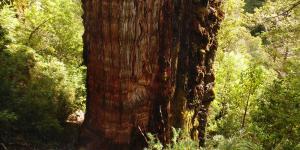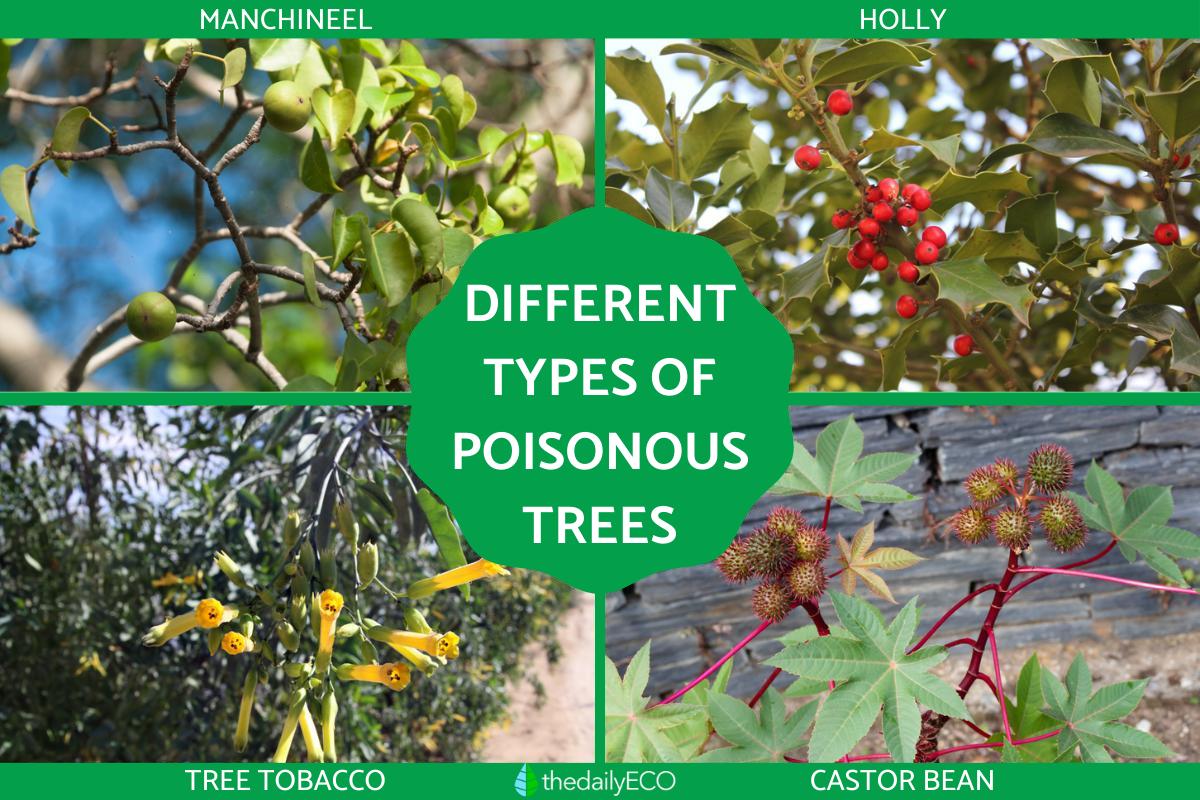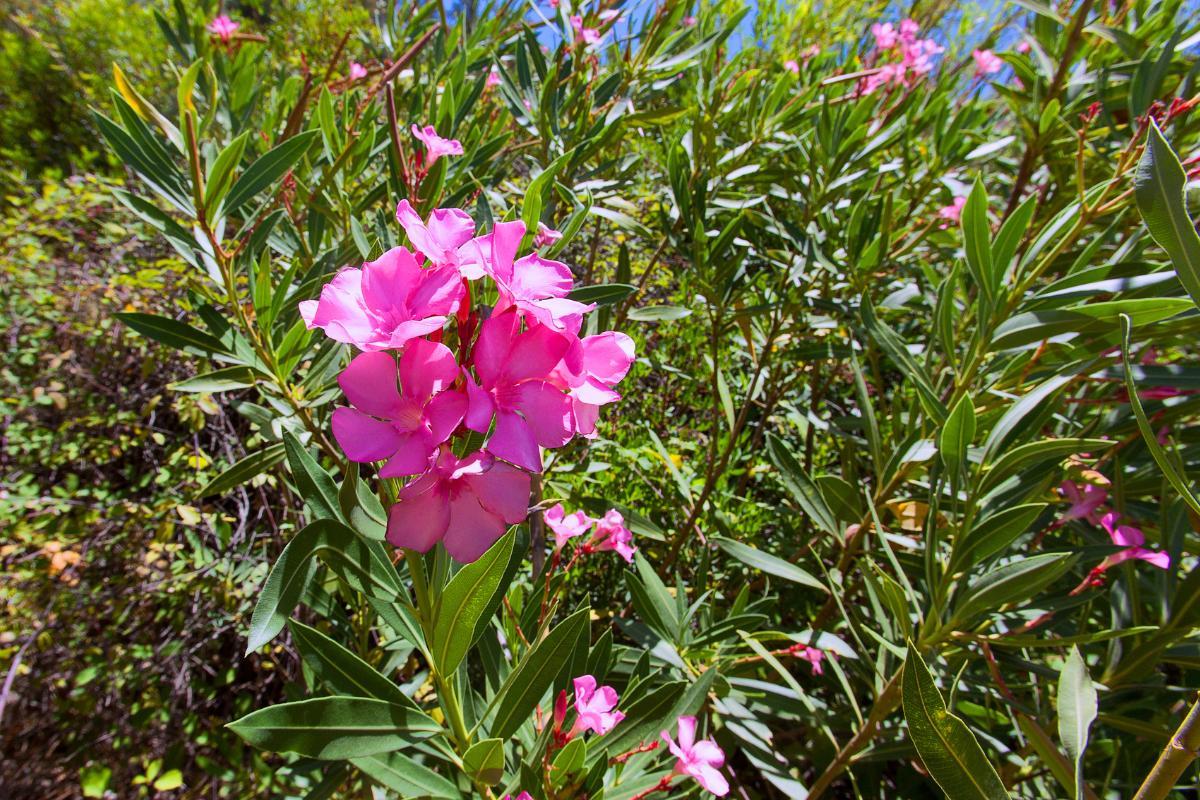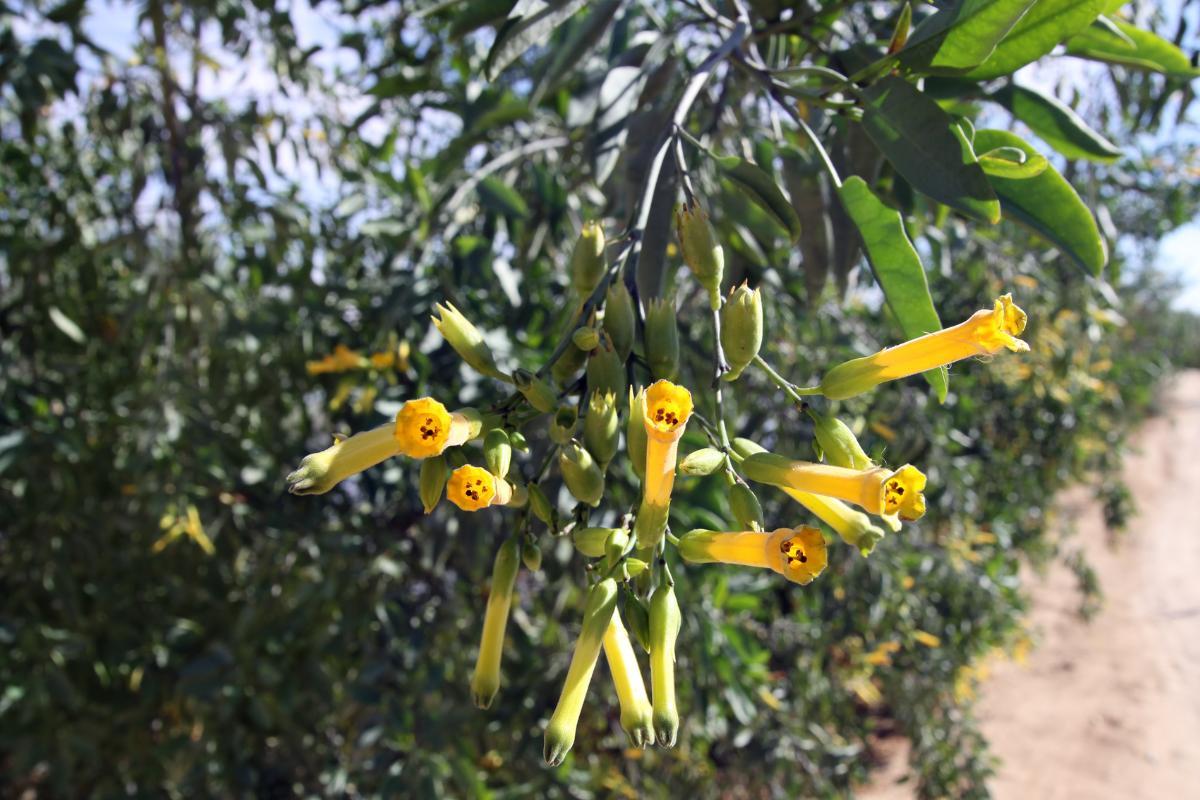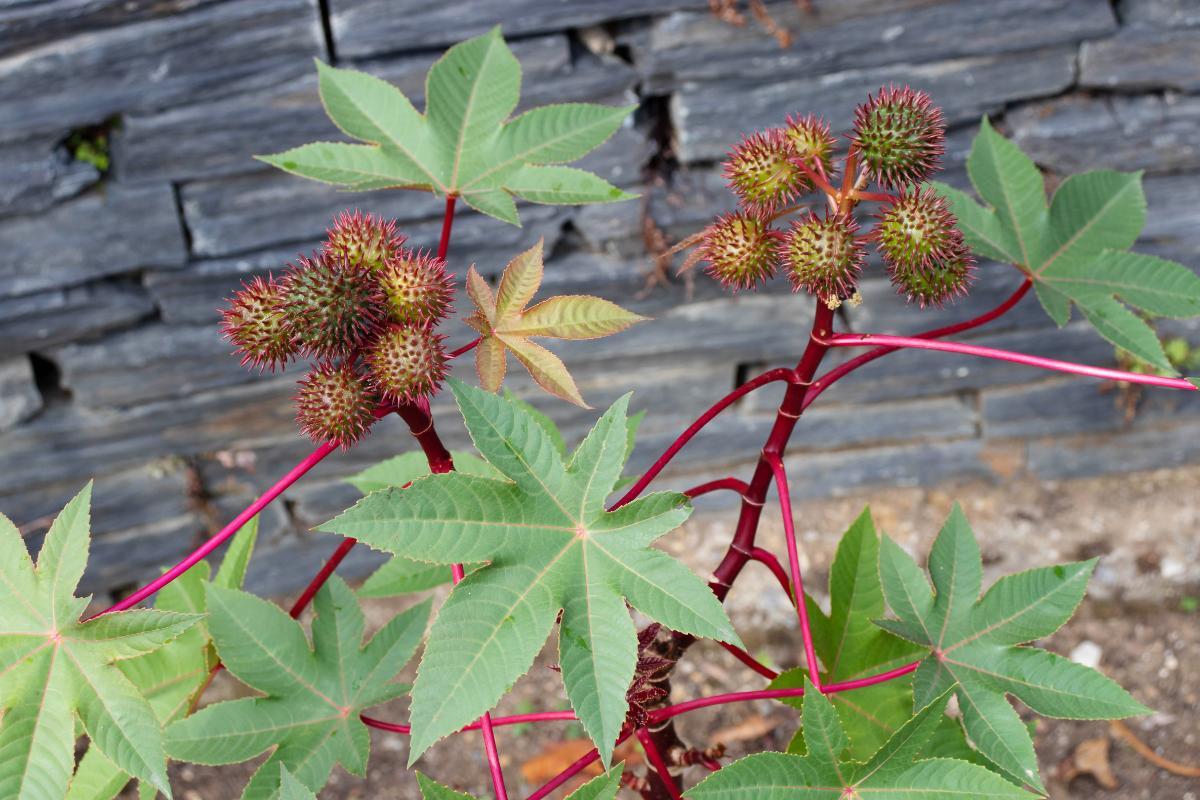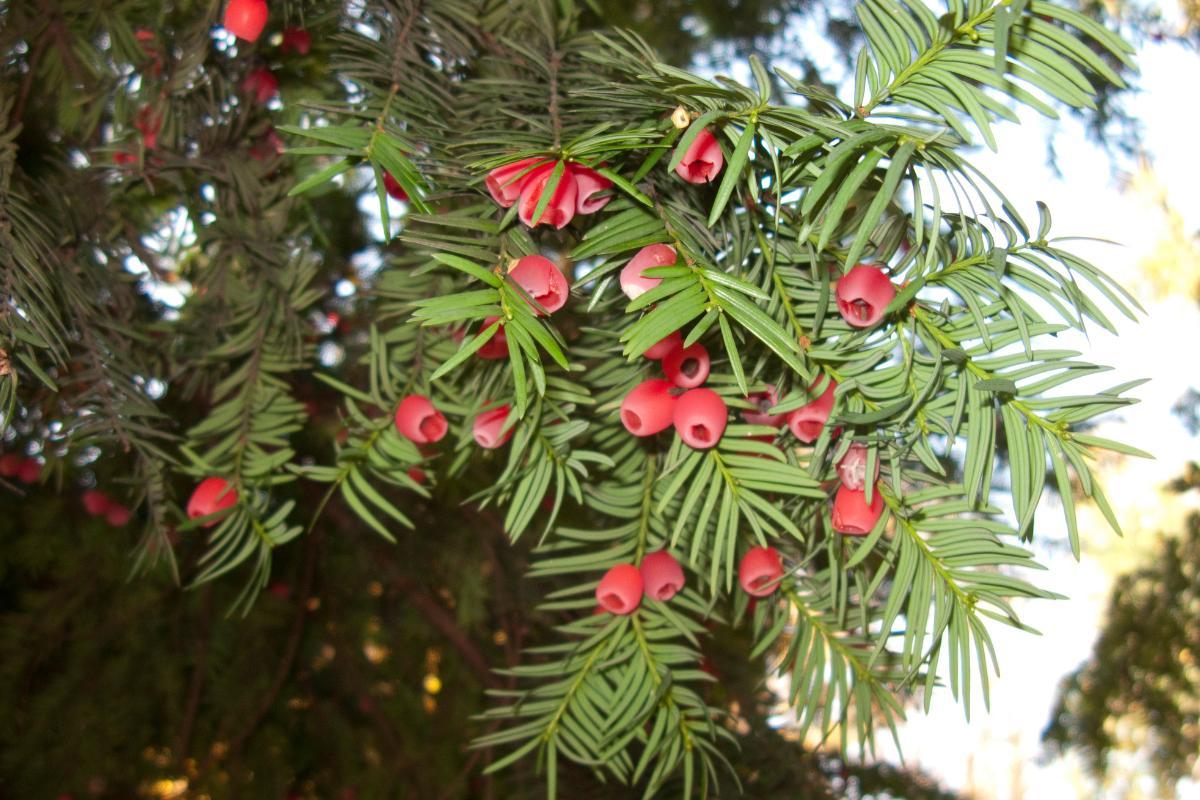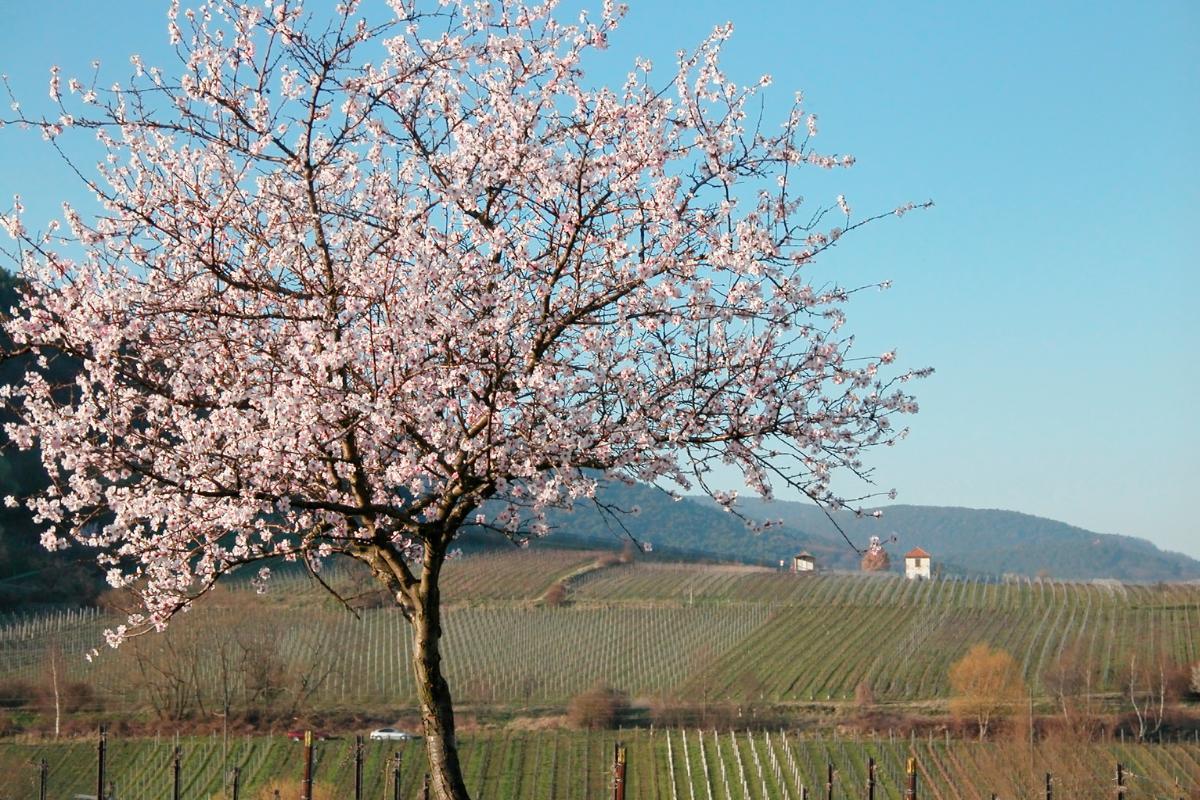Types of Poisonous Trees - Toxic Trees to Humans


While we don't think of them as being dangerous, certain tree species are poisonous and toxic to humans. These deadly species may seem harmless to the untrained eye, but botanists have learned over the years that trees have surprising ways of defending themselves. This concept of a plant's self-preservation may seem strange at first. We should have little trouble understanding how and why animals will protect themselves with many defense mechanisms, including the use of poison or venom. Although they may do it in a different way, certain tree species have develop similar defensive strategies by releasing various toxins.
thedailyECO provides a list of types of poisonous trees. We also explain why these toxic trees to humans are so dangerous and how they pose their danger.
Manchineel (Hippomane mancinella)
If we look at the fruit of this tree, we might be forgiven for thinking this produces a type of small apple. In fact, its name derives from the Spanish manzanilla which means ‘little apple’. It is also known as manzanilla de la muerte which translates as ‘little apple of death’. This is because all of the parts of this tree contain compounds which are highly toxic to humans. This includes its sap, bark and the little apple fruits themselves.
Manchineel trees are found in various areas of the Americas, from northern South America to the Floridian everglades and even several regions in the Caribbean. The milky sap of this tree contains a powerful irritant known as phorbol. Even brief contact with this sap can cause severe dermatitis. Symptoms associated with contact with the sap include an intense burning sensation, inflammation of the tissues and the appearance of blisters and rashes on the epidermis.

Oleander (Nerium oleander)
Also known by nerium, the name of its genus, oleander is a wild shrub which thrives in the Mediterranean climate. Despite being a highly poisonous plant to humans, oleander is commonly planted in public spaces. This is partly due to its great beauty, being highly appreciated as a kind of ornamental shrub. It is also a very resistant plant, maintaining its blooms even in weather conditions which other plant species could not survive.
As with manchineel, all parts of the oleander tree are toxic. This includes its flowers, leaves and stems. The toxicity of oleander is attributed to the compound known as oleandrin, which is present throughout the plant. It is extremely toxic if ingested, both to people and domestic animals. Symptoms associated with Oleander poisoning include vomiting, diarrhea, severe stomach pain, drowsiness, dizziness and tachycardia.
In addition to being a type of poisonous tree, oleander is a xerophyte. Learn more with our article on the different types of xerophytic plants.

Holly (Ilex aquifolium)
Also known as English holly or common holly, this is a small wild tree that is commonly found in continental oak and beech forests. It is also common in the UK, one of the reasons for its common name. Culturally, it is most associated with Christmas time, being used decoratively for many different British traditions. Beyond its festive charm, the holly bush conceals a poisonous secret.
The toxicity of this tree is due to various compounds including ilixanthin and theobromine which are present in the leaves and fruits of the tree. Some of these compounds are highly toxic to both people and pets. Ingesting just 20 holly berries can be fatal for a child. Symptoms associated with poisoning from this tree include vomiting, abdominal pain, blurred vision, cardiac arrhythmia, respiratory distress and seizures.

Tree tobacco (Nicotiana glauca)
This small tree is native to South America. Although its appearance may be charming, with blue-gray leaves and yellow flowers, this tree has proven to be problematic in several areas.
Regarding its toxicity, the leaves of this tree contain highly toxic compounds such as nicotine and anabasine. These compounds are extremely dangerous for both people and pets. Symptoms associated with poisoning from this tree include abdominal cramps, nervousness and confusion.
Many of us may be aware that smoking tobacco from plants of the Nicotiana genus is dangerous due to the toxins it contains. The sap and other parts of this plant are poisonous, meaning it is not only by smoking that this can be one of the toxic trees for humans.

Castor bean (Ricinus communis)
Also known as the castor oil plant, this shrub is native to Europe and Western Asia. It is considered an invasive species due to its high resistance and adaptability. This has allowed it to establish itself in various ecosystems, competing with native plants and disturbing the natural balance of various ecosystems.
In relation to its toxicity, the fruits of this shrub contain a highly poisonous compound called ricin. For both people and pets, ingestion of this compound is extremely toxic. Even ingesting 5 seeds can cause death for an adult and a single seed can be fatal for a child. Symptoms associated with poisoning from this shrub include gastroenteritis, as well as severe damage to the liver and kidneys.
Learn more about a plant which is considered an invasive species with our article on oyster plants care.

Yew (Taxus baccata)
Dating back to the Jurassic period, the common yew tree is found in mountainous areas of almost all European countries, although it has not been spread much further afield. It can grow alone or in small groups. Its dense, evergreen foliage, along with its striking red berries, make it a highly appreciated tree in gardening and landscape design.
It is important to take into account the toxicity of the yew if you are thinking of growing one yourself. The entire tree contains a highly toxic compound called taxine. This compound represents a serious danger to both people and domestic animals. Ingestion can lead to death. Symptoms associated with poisoning from this tree include abortion of pregnancies, hypotension and seizures.
The yew is a spermophytic plant. You can learn more about what this means with our article on what are spermophytes?

Almond tree (Prunus dulcis)
This fruit tree is typical of the Mediterranean climate and is widely cultivated in this region on dry land. The beautiful flowering of the almond tree marks the beginning of spring.
Regarding its toxicity, this is due to the fact that the bitter fruits of this tree contain a highly toxic compound known as amygdalin. This compound releases a small amount of cyanide when ingested, making it dangerous to both people and pets. Symptoms associated with poisoning by this tree include headaches, dizziness, vomiting, palpitations, slow and irregular breathing, as well as loss of consciousness.
Despite its toxicity, almonds are a type of nut which is often consumed by humans. When properly prepared, they contain less amygdalin and can be consumed safely in moderation. However, we need to be careful and not eat too many of them in one sitting.

If you want to read similar articles to Types of Poisonous Trees - Toxic Trees to Humans, we recommend you visit our Facts about nature category.
- Alfredo, J. (2020). Toxic Trees and Plants. Green Tuesday. Long live the Radio. Murcia Regional Wave.




